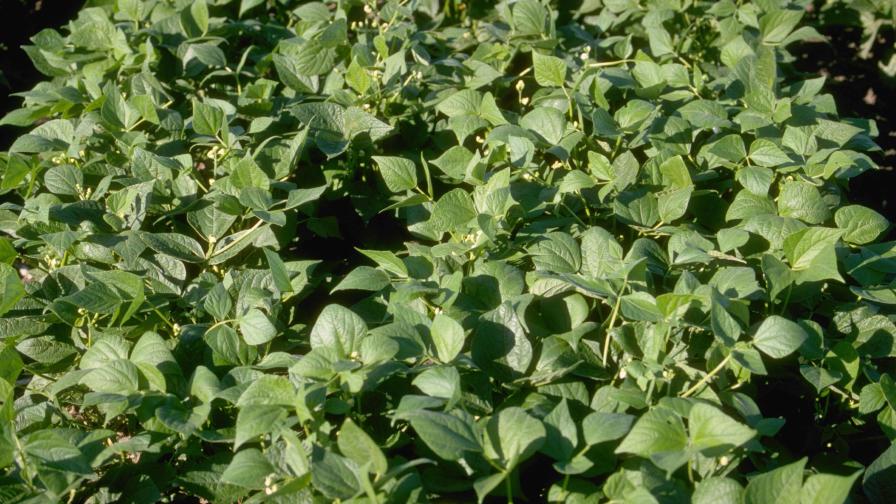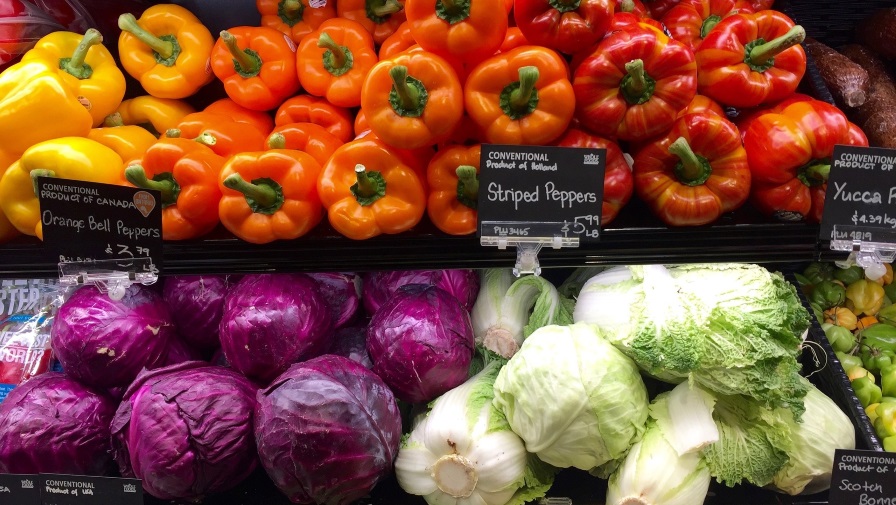Alternative Crop Gaining Ground in Wisconsin: Hey, Spud, Let’s Diversify

Solid-seeded light red kidney bean plants. (Photo: Howard F. Schwartz, Colorado State University, Bugwood.org
Yi Wang is a “spudbadger” and proud of it. It says so right in the email signature of the Assistant Professor of Horticulture at the University of Wisconsin.
The entire sustainable vegetable production program at the university rallies to the cry of “Proud to be a spudbadger!” According to the program’s Youtube page, its staff uses vlogs to keep track of growing seasons of potatoes and vegetables in Wisconsin.
Some of those vegetables, certainly potatoes, are mainstays. Others are considered alternative crops. One such exceptional vegetable, according to Wang, is the red kidney bean. Both the light- and dark-colored versions of the vegetable are noteworthy alternative crops in Wisconsin and other states in the Upper Midwest, she says.
“I think the major reason is the growing demand of plant-based proteins desired by younger generations,” Wang says. “The abundant groundwater resource in Wisconsin ensures good irrigation management for the kidney beans.”
No conventional vegetable crop, such as soybean or potato, is being replaced by the red kidney bean, Wang says. Instead, any movement to add the crop is typically dictated by the market and price of the crop each year, she says.

Yi Wang
“Last year [2021] we had about 5,000 acres of kidney beans, but the total acreage reduced to less than 2,000 acres this year [2022] because of the soaring prices of soybeans and its products, tofu in particular. So growers planted more soybeans this year,” Wang says. “The primary vegetable crop in Wisconsin, potatoes, has a very steady planted acreage, about 65,000 acres on average. Alternative vegetable crops are far from replacing potatoes.”
Red kidney beans are primarily marketed as dry beans, bean flours, and canned bean products, according to Wang.
Interested commercial growers should well-water the plants, especially after the flowering stage starts, Wang says. “Seasonal total nitrogen is 80 to 100 pounds per acre in sandy soils — split between planting and the early vegetative stages. N application after flowering starts will encourage too much stem and leaf growth without setting beans,” she says. “White mold and root rot are the two primary diseases to pay attention to.”
The University of Wisconsin Commercial Vegetable Program is led by the UW-Fresh Market Commercial Vegetable Team.
With a systems approach, this team evaluates and optimizes the productivity and management of pests, diseases, and weeds in vegetable crops, namely, potato, carrot, snap bean, sweet corn, and mint.
In Wisconsin specialty crop production and processing together account for about $6.4 billion in economic activity (3% of Wisconsin’s overall economy) and nearly 35,000 jobs (1% of jobs statewide), including both direct and induced impacts.
The team members have successfully competed for state, regional, and national grant funding in the current amount of $22.5 million to support research programs which aid in the advancement and optimization of crop management recommendations in the state of Wisconsin and beyond.
Projects have been successfully funded from:
- Wisconsin Institute of Sustainable Agriculture
- Wisconsin Specialty Crop Block Grants Program
- Wisconsin Groundwater Coordinating Council
- Wisconsin Potato and Vegetable Growers Association
- Midwest Food Processors Association
- USDA-Hatch
- USDA-SARE
- USDA-NRC-CIG
- USDA-EIPM
- NIFA-AFRI











